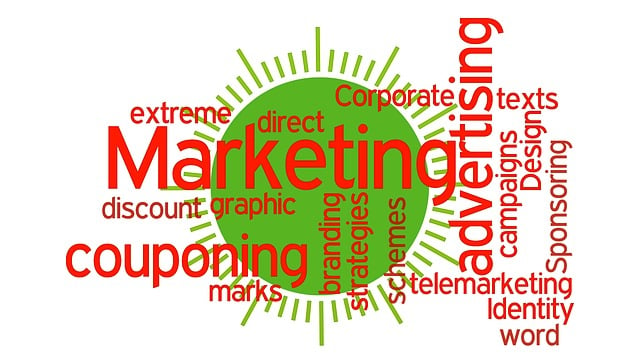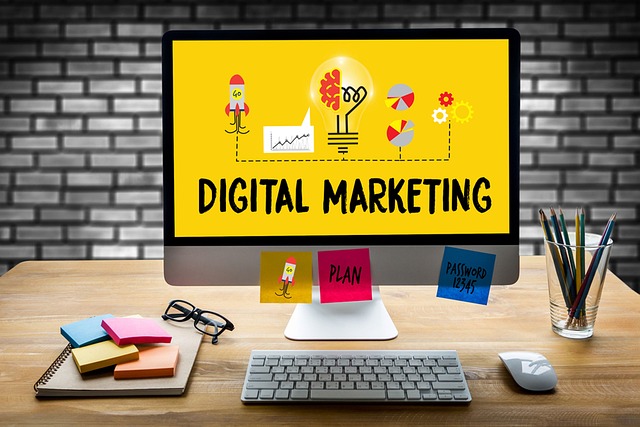-By: Bhavisha Changrani
Programmatic advertising has evolved into one of the most effective and efficient methods of digital ad buying. Over the past decade, it has revolutionized the way brands connect with their audiences, enabling marketers to automate and optimize ad campaigns with precision and real-time adjustments. As technology continues to advance, programmatic advertising is evolving further, driven by the power of artificial intelligence (AI) and data analytics. What is Programmatic Advertising? In this article, we dive into the evolution of programmatic advertising, its operational mechanisms, and the cutting-edge developments influencing its future.
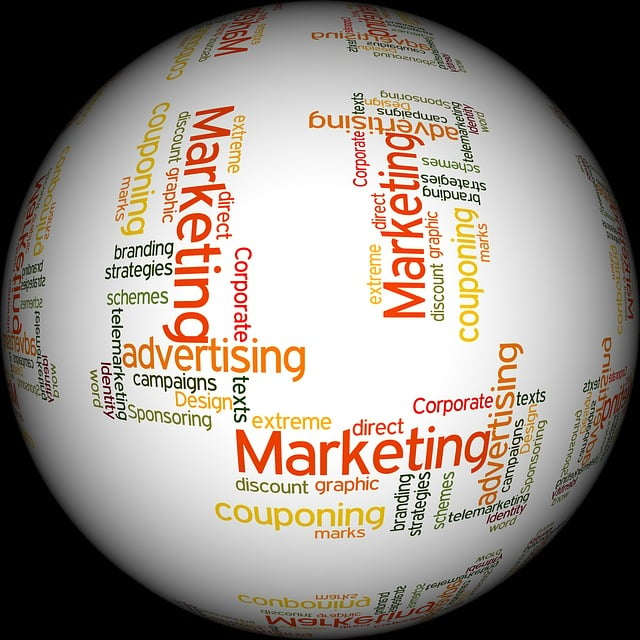
Programmatic advertising refers to the use of automated technology to buy and sell digital ad space. Rather than relying on human negotiations and manual processes, programmatic allows advertisers to purchase digital ads through software platforms that use algorithms and data to determine the best ad placements. The process involves real-time bidding (RTB), where advertisers bid on available ad space in milliseconds, based on the audience’s interests, behaviours, and demographics.
At its core, programmatic advertising simplifies and streamlines the ad-buying process by leveraging technology to maximize efficiency, reduce costs, and deliver more relevant ads to the right audience at the right time.
The Early Days of Programmatic Advertising
The roots of programmatic advertising can be traced back to the early 2000s when online advertising began to shift from traditional ad networks to a more automated and data-driven model. In 2007, Google introduced its first programmatic platform, Google AdWords (now Google Ads), allowing advertisers to bid for search ad placements through an auction system. This laid the foundation for programmatic buying in display and other ad formats.
In the following years, the rise of demand-side platforms (DSPs) and supply-side platforms (SSPs) played a key role in expanding programmatic advertising into display, video, mobile, and even connected TV (CTV) spaces. These platforms enabled advertisers to purchase inventory across multiple publishers and networks in a seamless, automated way.
The Role of Artificial Intelligence in Programmatic Advertising
One of the key factors driving the evolution of programmatic advertising is the integration of artificial intelligence. AI has taken programmatic to new heights by making it smarter, more efficient, and capable of delivering highly targeted ads. Here’s how AI is changing the landscape:
Predictive Analytics for Ad Targeting
AI allows advertisers to analyze vast amounts of data to predict which audience segments are most likely to engage with specific ads. By leveraging machine learning algorithms, programmatic platforms can predict customer behavior based on historical data, demographic trends, browsing patterns, and more. This predictive ability enables brands to target their ads more accurately, reducing wasted ad spend and improving ROI.
For example, an e-commerce company could use AI-powered programmatic advertising to target users who have previously shown interest in a particular product category, and present them with highly personalized ads. AI can also optimize ad delivery by determining the most effective time, frequency, and format to reach each individual user.
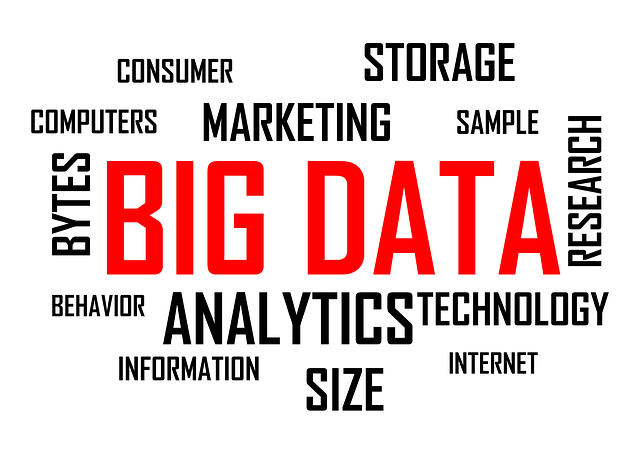
Dynamic Creative Optimization (DCO)
AI-driven dynamic creative optimization (DCO) takes programmatic advertising a step further by personalizing ad creative in real-time. With DCO, programmatic platforms automatically tailor ad creatives based on user data, such as location, device, behavior, and even weather conditions. This level of customization ensures that ads are not only relevant but also more engaging, driving higher conversion rates.
For instance, a brand running a global campaign could serve different versions of an ad based on the weather in a specific region—displaying a cozy winter jacket in colder climates and promoting sunglasses in warmer locations.
Automated Campaign Management
AI can also streamline campaign management by continuously optimizing bidding strategies, ad placements, and budget allocations. Through continuous learning, AI can automatically adjust campaigns to ensure optimal performance. For example, if a certain type of ad creative or targeting strategy is performing well, AI can increase the bid for that specific segment while reallocating budget from underperforming areas. This not only saves time but ensures the campaign is always running at its highest potential.
The Impact of Data Analytics on Programmatic Advertising
Data analytics is another crucial component driving the evolution of programmatic advertising. The power of data lies in its ability to provide insights into audience behaviors, preferences, and interactions. With data-driven decisions, advertisers can improve targeting, enhance creative strategies, and ultimately boost performance.

First-Party Data Integration
Advertisers are increasingly integrating first-party data—data collected directly from their customers—into their programmatic advertising strategies. This could include customer interactions on websites, mobile apps, CRM systems, and even past purchase history. Using this data, brands can create highly specific audience segments and deliver more personalized, relevant ads.
For example, an online retail brand could use first-party data to target customers who have previously purchased shoes but have shown interest in related accessories. This hyper-targeted approach helps reduce waste and maximizes conversion potential.
Cross-Device and Cross-Channel Tracking
Data analytics also allows advertisers to track user behavior across devices and platforms. By understanding how users interact with ads on their desktop, mobile, and connected TV devices, brands can create a unified view of the customer journey and deliver seamless, multi-channel experiences. Cross-channel attribution models, powered by data analytics, help determine which touchpoints contribute most to conversions, allowing marketers to allocate budgets more efficiently.
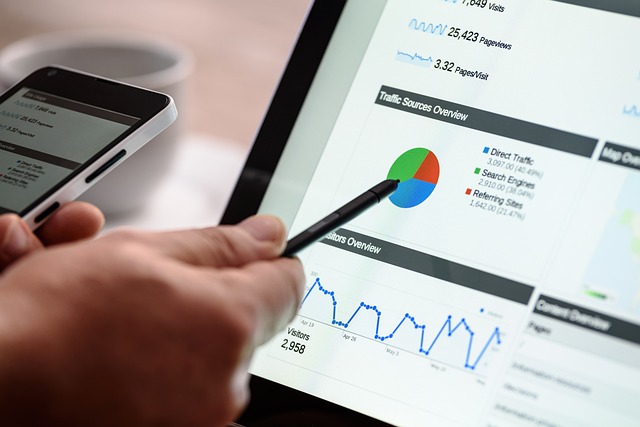
Real-Time Data for Performance Monitoring
The availability of real-time data enables advertisers to monitor and adjust campaigns on the fly This flexibility is key to ensuring that programmatic ads are always optimized for maximum impact.
The Future of Programmatic Advertising: What’s Next? By reviewing real-time performance metrics like click-through rates (CTR), conversion rates, and cost-per-acquisition (CPA), advertisers can promptly adjust their strategies based on data insights.
The future of programmatic advertising looks bright, with continued advancements in AI, data analytics, and automation. Here are some important trends to keep an eye on:
– Growth of Connected TV (CTV) and OTT Advertising
Programmatic is rapidly expanding into connected TV (CTV) and over-the-top (OTT) advertising, enabling advertisers to reach audiences across streaming platforms like Netflix, Hulu, and YouTube. AI and data analytics will play an even larger role in targeting viewers across these platforms with personalized, data-driven ads.
– Privacy Concerns and First-Party Data
As data privacy regulations such as GDPR and CCPA continue to evolve, advertisers will need to prioritize first-party data and ensure they are compliant with privacy laws. AI and data analytics will help brands make the most of this data while respecting privacy.
– Blockchain Technology
The use of blockchain in programmatic advertising is gaining traction as a solution for increasing transparency and reducing fraud. Blockchain could help advertisers track ad inventory in real time and ensure that their budgets are being spent effectively.
– Increased Automation
As programmatic advertising becomes more sophisticated, automation will continue to play a central role in optimizing campaigns. From automated bidding to dynamic ad placement and content customization, the potential for full automation is on the horizon.
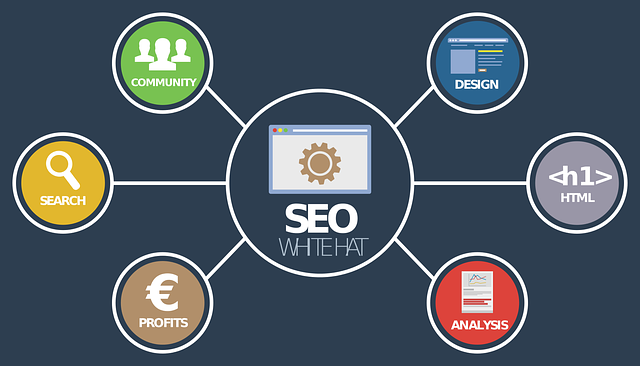
Conclusion
The evolution of programmatic advertising has reshaped the digital marketing landscape, transforming the way brands approach ad buying and audience targeting. With the integration of AI and data analytics, programmatic advertising is becoming more intelligent, efficient, and personalized, offering advertisers unprecedented opportunities to reach their target audiences. As the technology continues to advance, programmatic advertising will remain a critical component of digital marketing strategies, providing brands with the tools they need to stay competitive in an increasingly complex and data-driven world.

